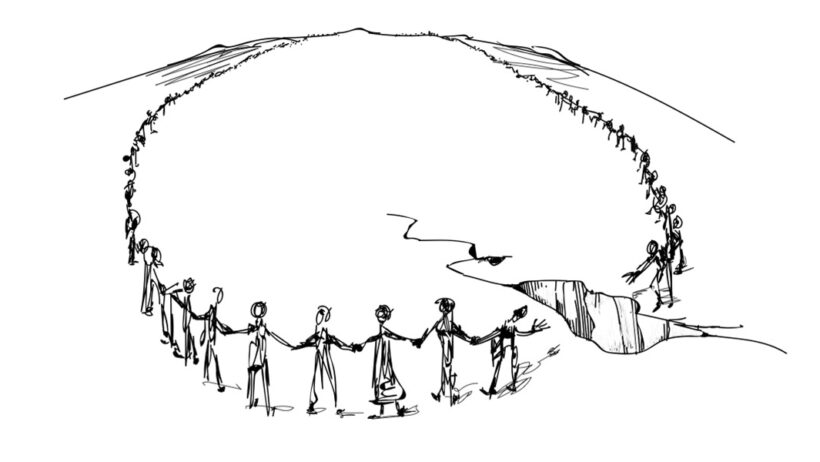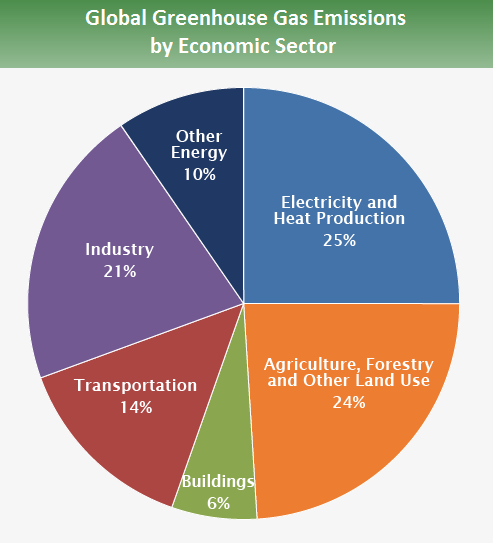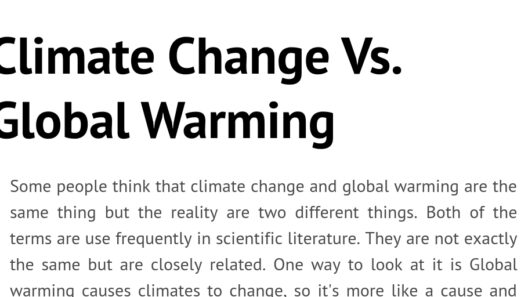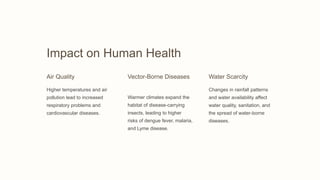In Indonesia, stretching from Jakarta to Surabaya, the implications of global warming are disturbingly palpable. The extensive archipelago, laden with diverse ecosystems and vibrant cultures, faces an existential threat as climate change continues to rear its formidable head. Rising sea levels, increasing temperatures, and extreme weather patterns do not merely distort the geography; they resonate through the very fabric of Indonesian society.
The nation’s capital, Jakarta, is particularly susceptible. Nestled on the northern coast of Java, the city is experiencing some of the steepest land subsidence rates in the world. Over-extraction of groundwater, combined with rising sea levels, renders it at an increasing risk of inundation. Predictions indicate that parts of northern Jakarta could be submerged by 2050. This reality necessitates urgent governmental intervention and city planning, as millions of residents could be displaced. The plight of Jakarta serves as a poignant reflection of a broader phenomenon, with each ripple of climate change impacting Indonesian lives from urban hubs to remote villages.
Between Jakarta and Surabaya, a myriad of ecological systems exist, from verdant rice paddies to sun-soaked beaches. The 300-mile stretch that bridges these two major cities is emblematic of Indonesia’s rich biodiversity. However, as temperature gradients rise, local agricultural practices are strained. Rice farmers, whose livelihoods are deeply intertwined with traditional cultivation methods, are witnessing erratic rainfall patterns. Sudden monsoon downpours can devastate crops while prolonged droughts sap the soil of its fertility. Consequently, the food security of millions is put at risk—an unsettling prospect for a nation already confronting the challenges of development and density.
Surabaya, the second-largest city in Indonesia, wrestles with its own set of challenges exacerbated by climate change. Urban heat islands—areas that experience significantly higher temperatures than their rural surroundings—are emerging as concrete jungles grow. The increased reliance on fossil fuels and the resultant air pollution aggravate respiratory illnesses among the city’s inhabitants. The dependence on motor vehicles further crystallizes this dilemma, as traffic congestion intensifies not only greenhouse gas emissions but also the exposure of citizens to toxic pollutants. Initiatives aimed at promoting public transportation systems become imperative both for public health and environmental sustainability.
Unquestionably, the effects of climate change are not distributed evenly across Indonesia’s demographic tapestry. Marginalized communities, many of whom reside in coastal regions, are disproportionately affected. These groups often lack the resources to adapt or recover from environmental shocks, further entrenching cycles of poverty. Fishermen who depend on the bounty of the sea are witnessing a decline in fish stocks due to ocean acidification, which hinders their ability to sustain their families. The intricate relationship between oceanic health and the livelihoods of coastal communities serves as a glaring testament to the interconnectedness of ecological systems and human resilience.
Furthermore, Indonesia is home to some of the most biodiverse ecosystems on the planet, including extensive rainforests teeming with wildlife. However, deforestation, often driven by the palm oil industry, is a key contributor to climate change. The release of carbon sequestered in trees into the atmosphere exacerbates global warming, thus creating a vicious cycle. Biodiversity loss, coupled with climate pressures, threatens not only animal populations but also indigenous cultures that have flourished in harmony with nature for generations. The profound cultural impact of climate change leads to an existential crisis for many communities, fostering a disconnect between traditional ways of life and modernity.
Addressing the multifaceted impacts of climate change in Indonesia requires nuanced solutions that prioritize sustainability and resilience. Conservation efforts, such as reforestation and sustainable land management, are critical. They not only restore ecosystems but foster a sense of communal responsibility towards nature. Educational programs aimed at raising awareness about sustainability can empower local communities, equipping them with the knowledge to implement adaptive practices that mitigate the effects of climate change.
Moreover, technological innovation plays a pivotal role in the fight against climate change. Renewable energy sources, such as solar and wind power, present viable alternatives to fossil fuels, reducing greenhouse gas emissions and improving air quality in cities like Surabaya. Investment in green infrastructure—like permeable pavements to combat flooding and urban heat—can serve to bolster urban resilience while enhancing the quality of life for citizens.
Adaptive measures extend beyond agriculture and urban planning. They encompass disaster preparedness strategies that build community capacity to respond to climate-related disasters. Given Indonesia’s vulnerability to natural disasters—including floods and earthquakes—it is vital to integrate climate change adaptation into development planning legitimately.
In conclusion, the narrative of global warming from Jakarta to Surabaya transcends geography; it encapsulates the struggles and triumphs of the Indonesian people. Every rising sea level, every erratic rainfall event, reverberates through the lives of millions. As the impacts of climate change intensify, it summons an unprecedented collective response from all sectors of society. Mobilizing efforts towards sustainability, fostering community resilience, and embracing innovative solutions will be essential in navigating the precarious waters of climate change. Indonesia stands at a critical juncture; the choices made today will dictate the trajectory for generations to come. Without a concerted and uncompromising approach, the costs of inaction will be immeasurable, echoing through every facet of Indonesian life.








